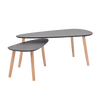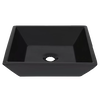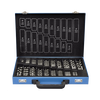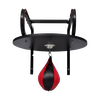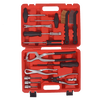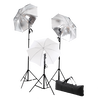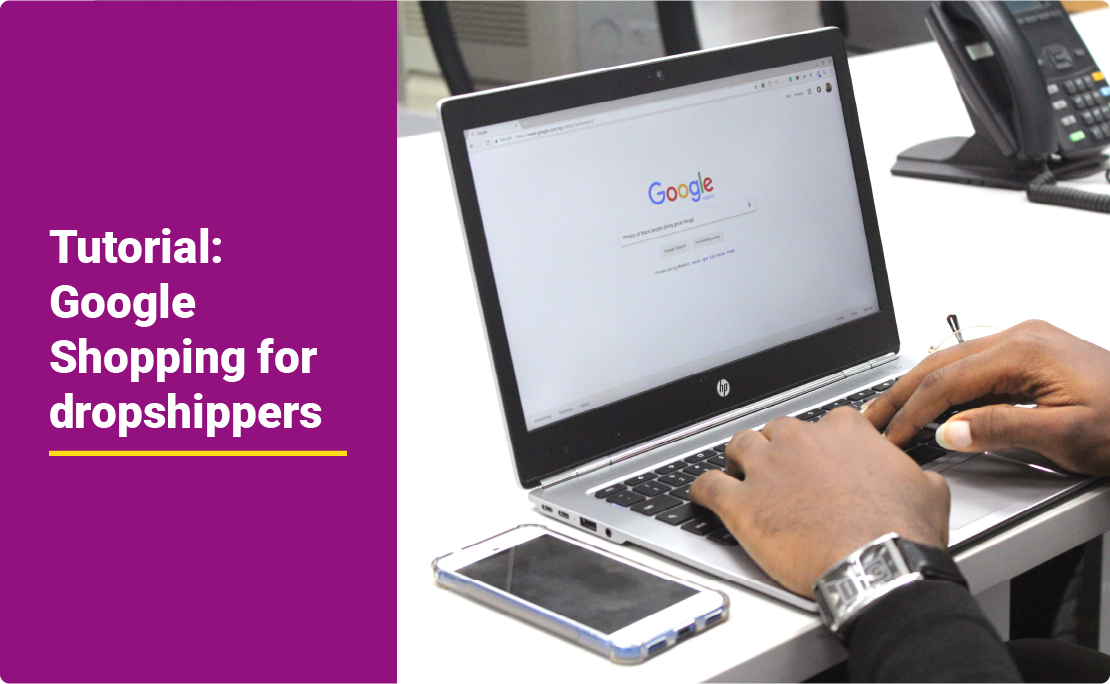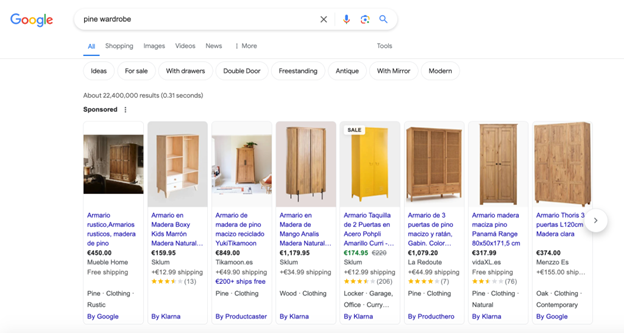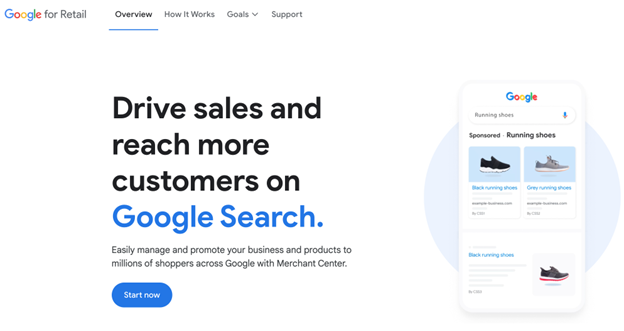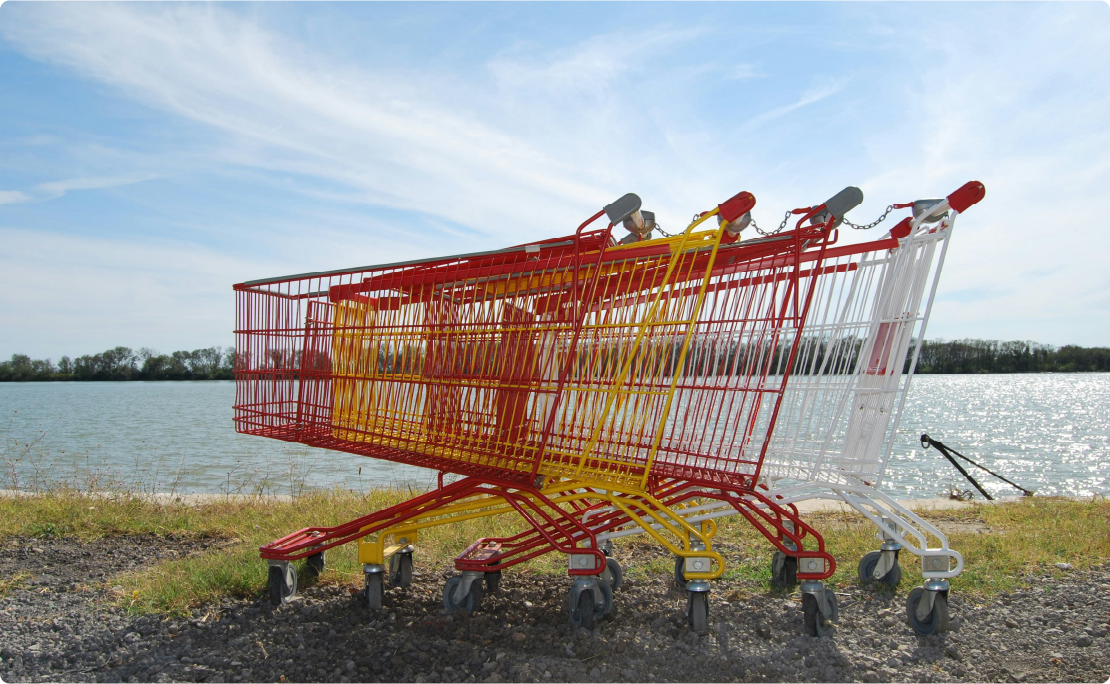Tutorial for adding dropshipping products to Google Shopping
Step 1: Create a Google Merchant account
Go to the Google Merchant Centre website. Click "Start now" to create an
account. You will need to answer questions such as if you sell products
online and if you have a physical shop.
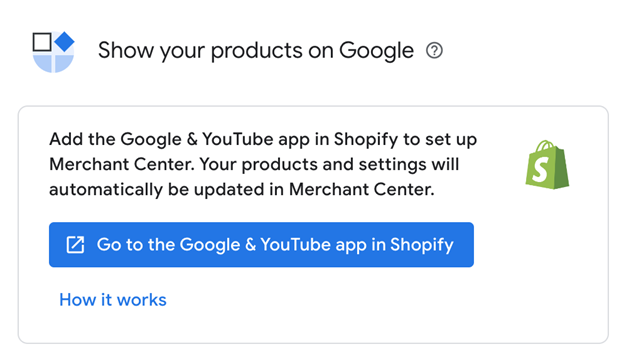
Step 2: Connect with Shopify
There are specific instructions for dropshippers who use Shopify for their
ecommerce website. You need to install "Google & YouTube" by Google
LLC in the Shopify App Store. The app will appear under "Sales channels"
on the left menu in your Shopify account.
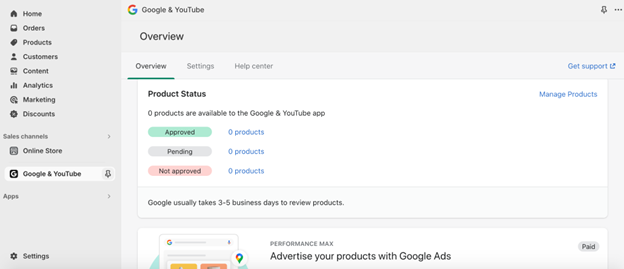
To connect your Shopify store to the Google Merchant Centre, you will be
prompted to complete these steps:
- Add a refund policy
- Add a privacy policy
- Add customer contact details
- Add a Google account to connect with Google Merchant
Shopify makes it easy to create legal policies for your dropshipping store
by providing free templates. Simply check the details and amend if
necessary.
Other third-party integrations for Google Merchant Center include:
- WooCommerce
- BigCommerce
- Magento
Step 3: Add your business information
Skip this step if you connected a third-party such as Shopify to your
Google Merchant account. Dropshippers without a third-party platform need
to manually add their business details. This includes:
- Business address
- Verify your phone number
- Verify your dropshipping store URL
You have two options to verify the URL of your dropshipping website. If
you don't want to add code to your website, you can verify your website
email address instead.
Step 4: Add delivery details
Make sure the correct delivery details are added for each country you sell
to. Certain codes and tax IDs will be required depending on the country.
You will also be asked to provide this information:
-
Order cut-off time: What is the latest hour that customers can order
from your website for each delivery option?
-
Handling time: How many days will it take for a customer order to be
packed and ready for delivery?
-
Transit time: How many days will it take to deliver an order to the
customer?
-
Delivery costs: How much will delivery cost and in what currency? Is
there a flat rate or does the delivery cost depend on the product price
or weight?
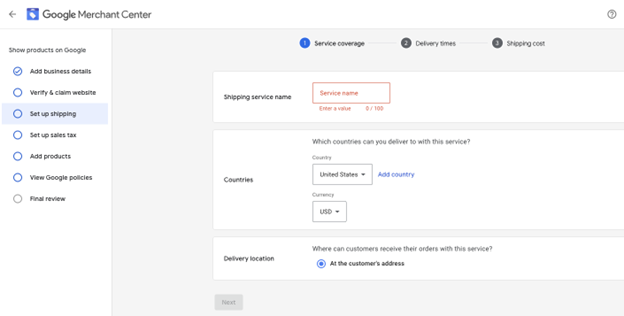
Delivery information per country can be edited or removed if your delivery
prices or promotions change.
Step 5: Add your dropshipping products
Finally, it's time to add your dropshipping products. If you connect your
Google Merchant account with a third-party ecommerce platform such as
Shopify, your products will be automatically added. You just need to
confirm if you want to feature all of those products on Google Shopping.
Without a third-party ecommerce platform, you need to upload your
dropshipping products. There are three ways to do this:
-
Add products from a file: You may need some technical know-how for this
option. This is if you have an existing product file or you import it
from another website.
-
Use a Google Sheets template: This allows you to add product information
using a simple spreadsheet. Useful if you have a lot of dropshipping
products.
-
Manually add products individually: Use this option if you don't have
many dropshipping products. Add your product details, product URL, and
images. This is easy if you don't have any technical knowledge.
Step 6: Integrate with Google Ads
To start getting the products promoted with Google Shopping, we need to
set up Google Ads. Look at the bottom of the left-hand menu in your Google
Merchant Centre. You will see the "Ad campaigns" tab.
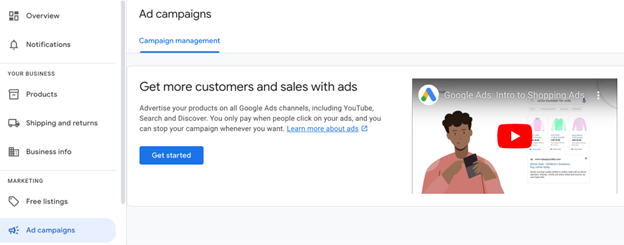
Click "Get started."
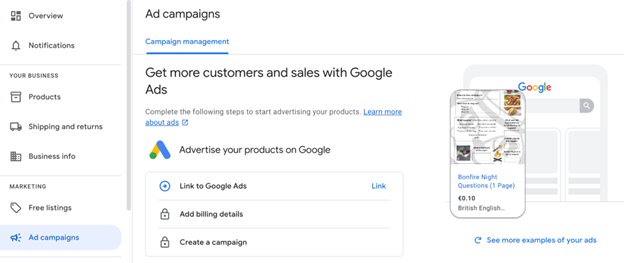
Click "Link to Google Ads." On the next screen, you can choose to link to
an existing Google Ads account or create a new one.
Step 7: Create a Google Shopping Ad
Lastly, you need to create a Google Shopping ad to get your products
featured at the top of Google Shopping results. These are also known as
sponsored ads. Go into your Google Ads account to create a Google Shopping
campaign. You can track the success of your paid advert by viewing the
analytics in your Google Merchant Centre.
Key takeaways
Google Shopping is a fast way to promote your dropshipping products and
increase your credibility as an online retailer. Online shoppers trust
Google and the Google Shopping platform. It's an easy way for shoppers to
compare products, retailers, features, and seller reviews.
Setting up Google Shopping looks more complicated than it is. You can get
your products featured on Google Shopping with only half a day of effort.
Simply follow the prompts from Google and you'll be ready in a jiffy.





